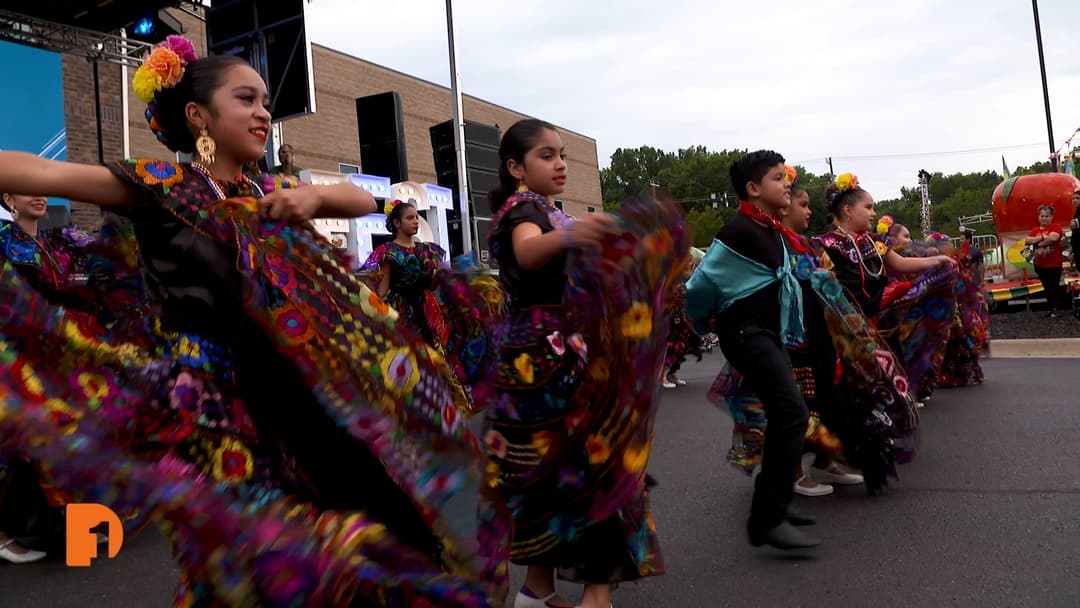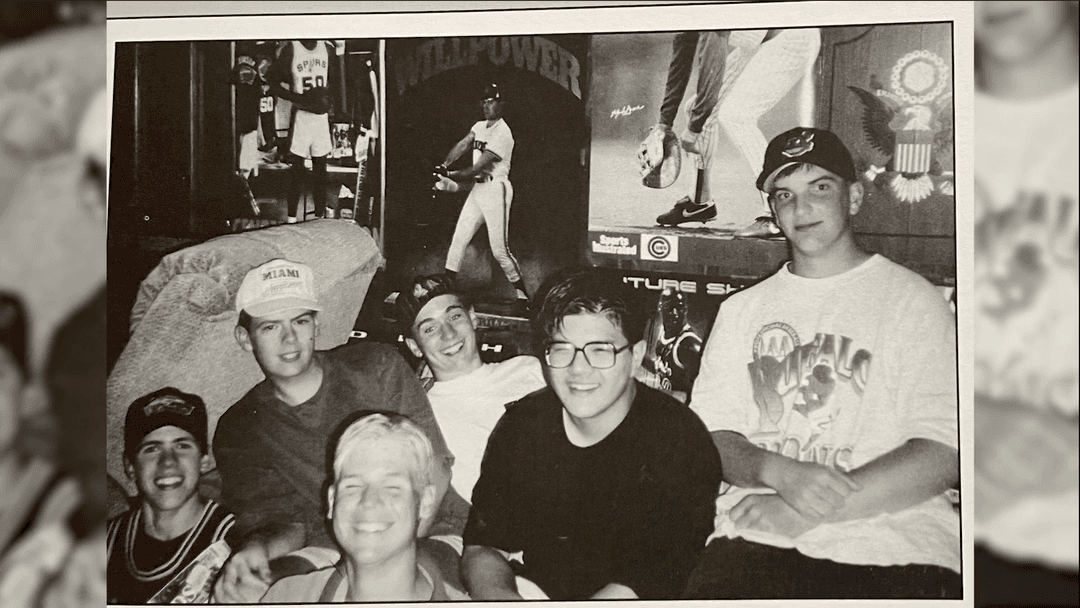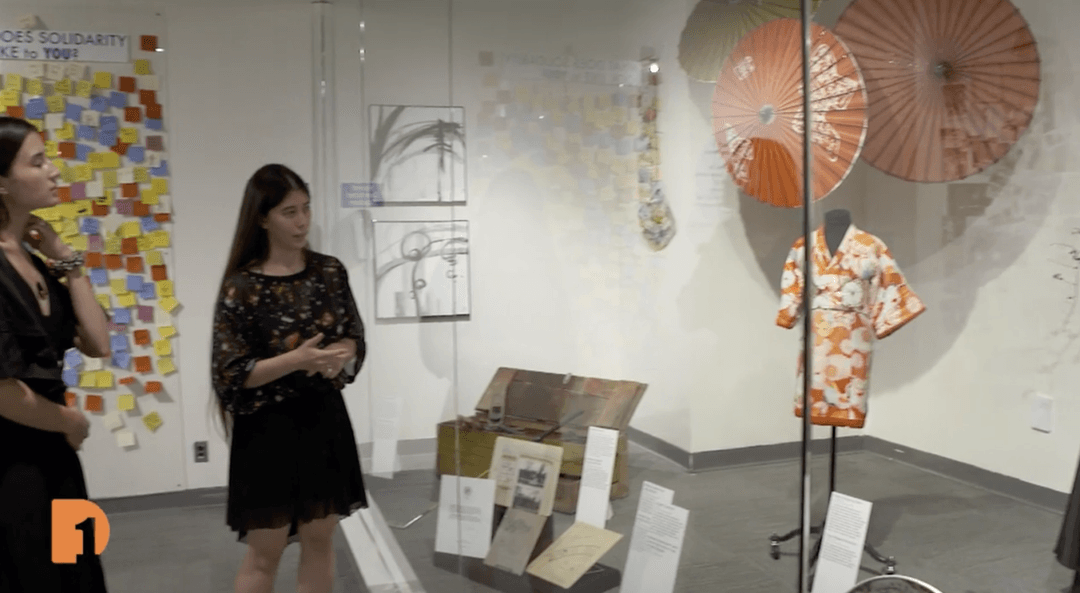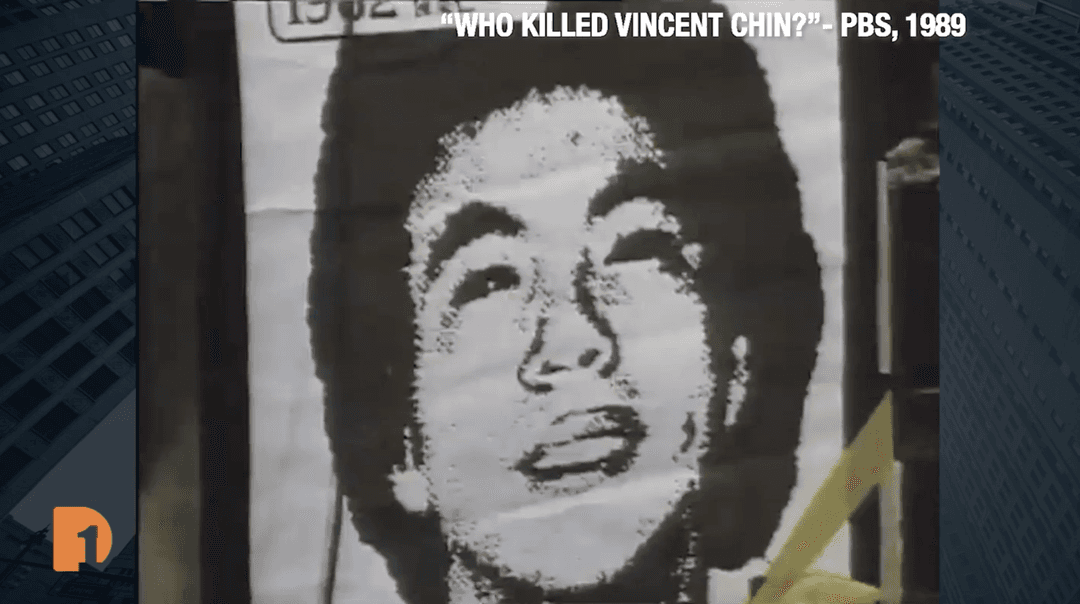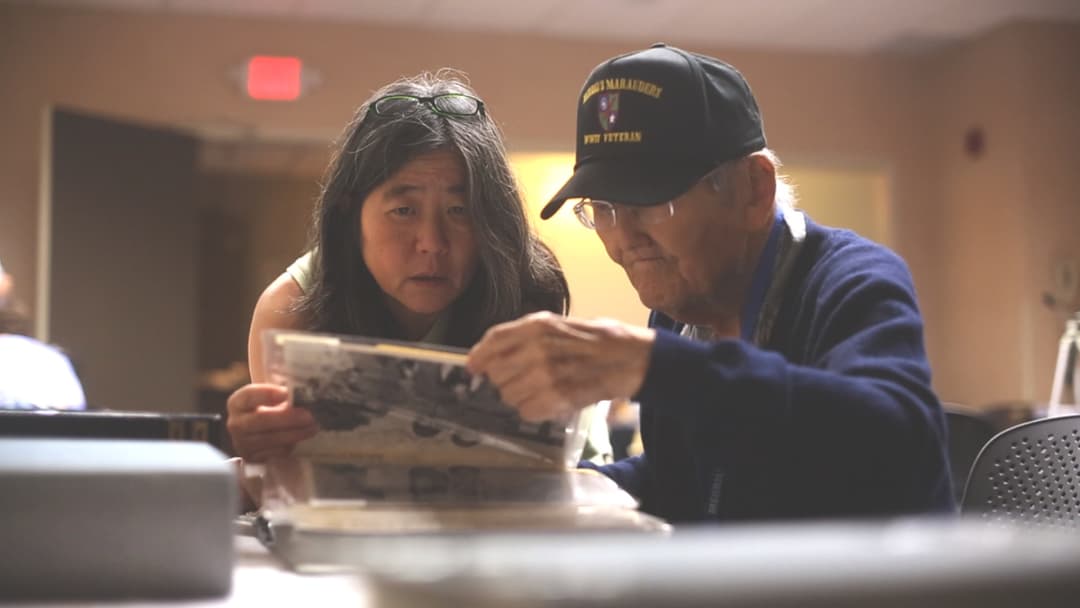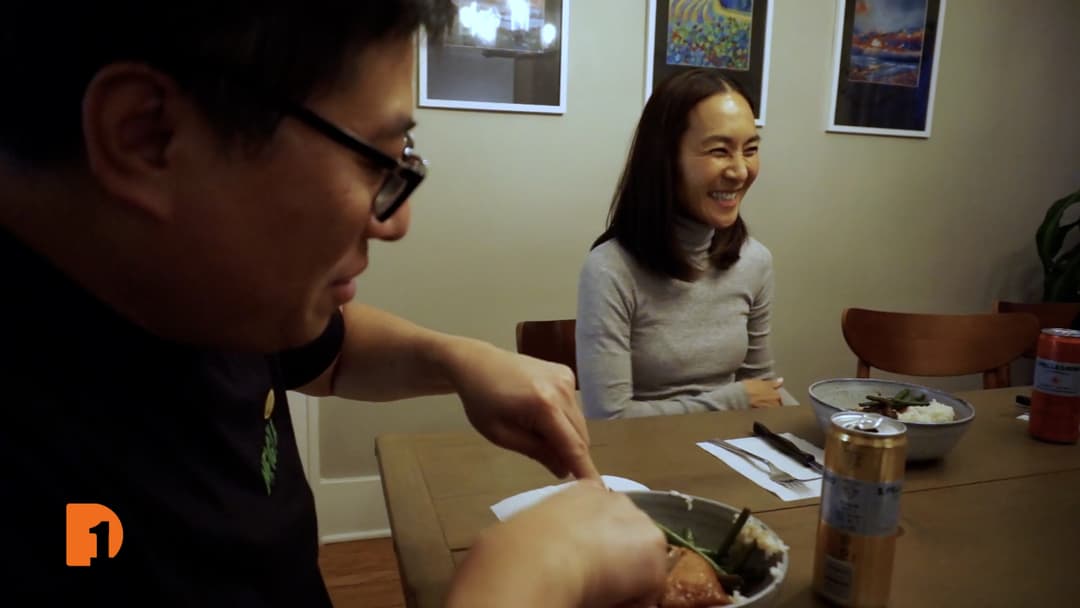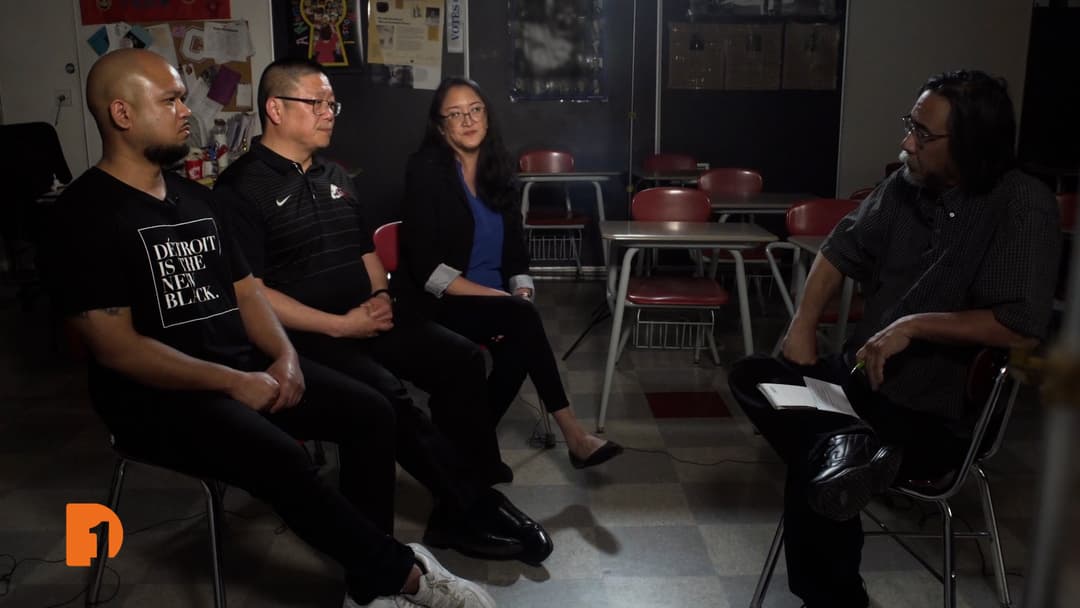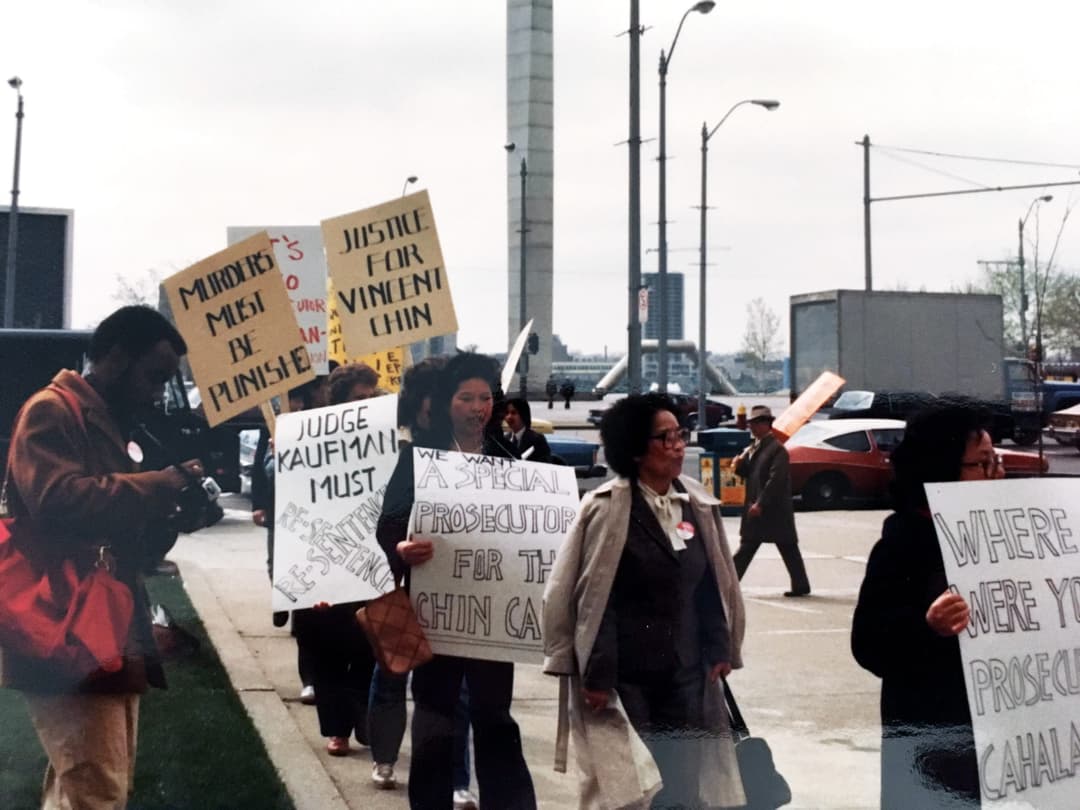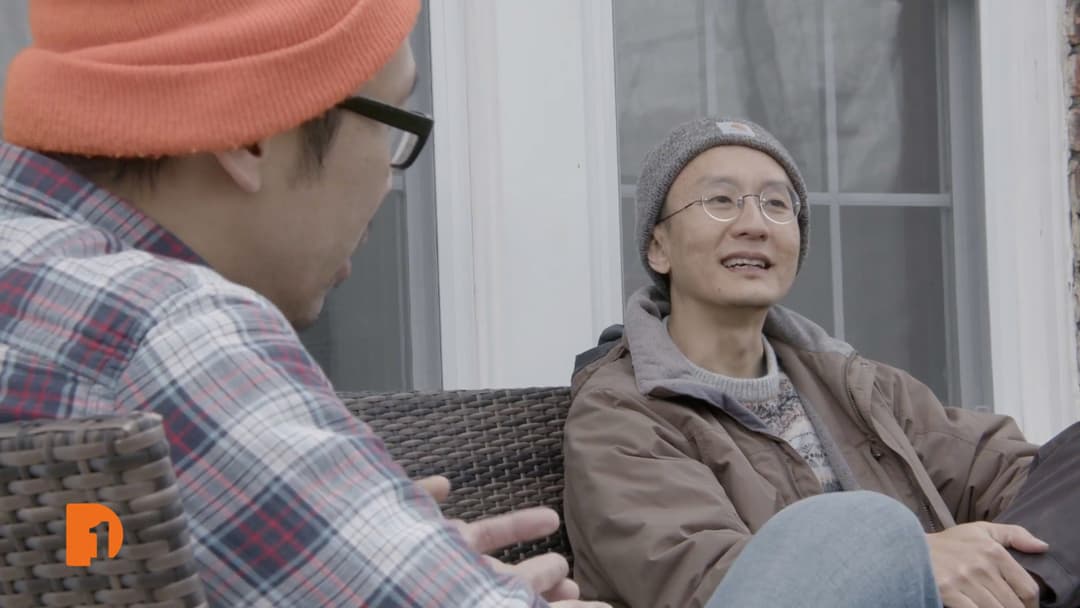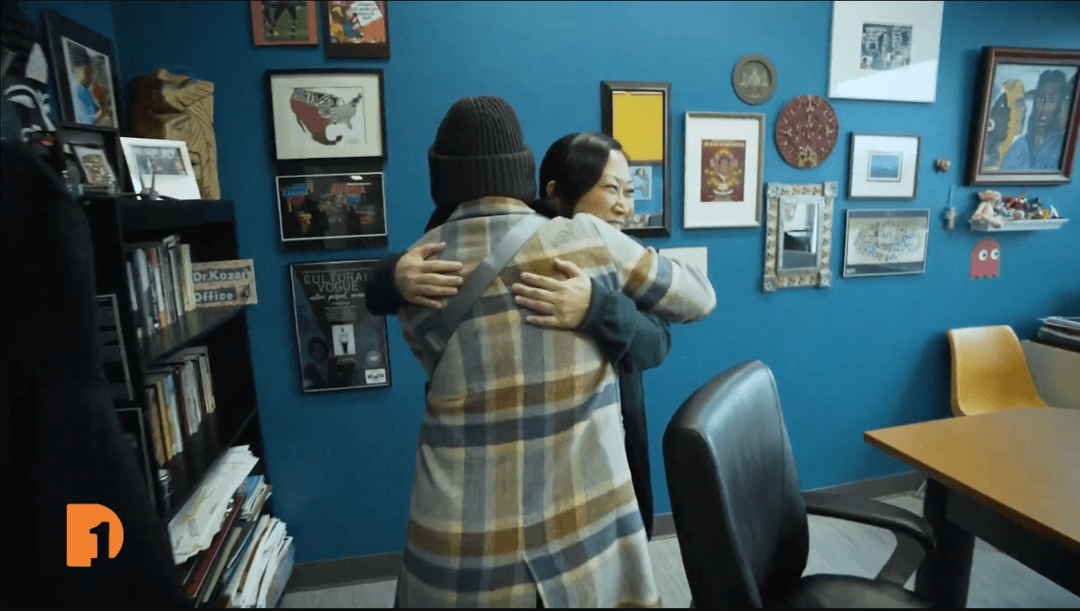Two Nisei, two histories: Japanese Americans reflect on WWII incarceration and its lasting impact
May 15, 2025
Mary Kamidoi and Shinji Takahashi are both second-generation Japanese Americans, known as “Nisei,” but their childhood experiences differ vastly. At 11 years old, Kamidoi and her family were forced by the government to relocate from their home in Stockton, California to a Japanese incarceration camp in Arkansas during World War II.
Takahashi, whose parents came from Japan and settled in Ann Arbor a couple of decades after the war ended, was not steeped in that history growing up, but he is learning more about it now.
Following the signing of Executive Order 9066 by President Franklin D. Roosevelt, approximately 120,000 people of Japanese descent were incarcerated in 10 concentration camps across the West. Many of them were second- and third-generation Japanese Americans and U.S. citizens. They were prohibited from taking more than they could carry into the camps, forcing many families to sell what they owned, including homes and businesses.
After the camps closed in 1945, Kamidoi and her family moved to Detroit.
As part of One Detroit’s AAPI Story Series, Takahashi talked with Kamidoi about her experience in the incarceration camp and the lasting impact it had. Kamidoi discusses the fear many first-generation Japanese immigrants, “Issei,” felt during the incarceration and the discomfort some Nisei have talking about their experiences today.
Stay Connected
Subscribe to One Detroit’s YouTube Channel and don’t miss One Detroit on Thursdays at 7:30 p.m. and Sundays at 9 a.m. on Detroit PBS, WTVS-Channel 56.
Catch the daily conversations on our website, Facebook, Twitter @OneDetroit_PBS, and Instagram @One.Detroit
Related Posts
Leave a Reply
Your email address will not be published. Required fields are marked*


